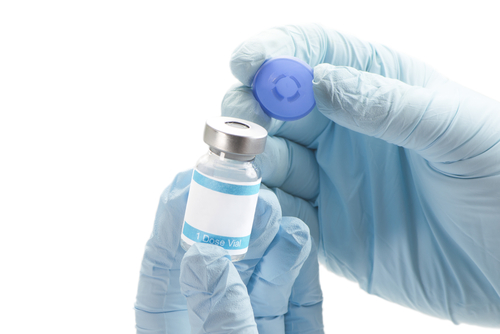Lorenzo’s oil is a 4:1 mixture of two unsaturated fatty acids called oleic acid and erucic acid. Lorenzo’s oil is used as a treatment of adrenoleukodystrophy (ALD), and works by inhibiting the production of very-long-chain fatty acids (VLCFAs). This may prevent the onset of childhood cerebral ALD (CALD) in children who do not yet show any symptoms of the disease.
Verify eligibility with your doctor
Lorenzo’s oil may not be effective in all children with CALD, and may not improve symptoms for adults diagnosed with adrenomyeloneuropathy (AMN). Check with the doctor about your or your child’s eligibility before starting this therapy.
Lorenzo’s oil can only be ordered by doctors with a valid justification and prescription for its use.
Understand the limitations of Lorenzo’s oil
It is important to keep in mind that Lorenzo’s oil is more of a preventive therapy than a cure for ALD, and is not recommended for other demyelinating disorders such as multiple sclerosis.
The safety and toxicity profile of Lorenzo’s oil is yet to be established in randomized clinical trials, and the treatment may not always work to slow or prevent the disease’s onset when administered to pre-symptomatic children.
Follow the exact dosage
Lorenzo’s oil is usually well-tolerated, but it is important to stick to the recommended dosage to avoid such side effects as thrombocytopenia (low platelet counts) and neutropenia (low neutrophil count; neutrophils are a type of white blood cell).
The recommended dosage in children, at an average of 8 years old, is about 2 to 3 mL per day.
Follow-up on the therapy
Make sure the clinic you go to has the required facilities to perform magnetic resonance imaging (MRI), VLCFA measurement, and skin biopsies. These are necessary to monitor the effectiveness of Lorenzo’s oil.
If you’re ineligible for Lorenzo’s oil, don’t worry
It is possible that ALD symptoms may have set in before a diagnosis could be confirmed, which makes Lorenzo’s oil ineffective. If this is the case, bear in mind that several other experimental treatment options can be explored.
Last updated: Dec. 10, 2019
***
Adrenoleukodystrophy News is strictly a news and information website about the disease. It does not provide medical advice, diagnosis, or treatment. This content is not intended to be a substitute for professional medical advice, diagnosis, or treatment. Always seek the advice of your physician or other qualified health provider with any questions you may have regarding a medical condition. Never disregard professional medical advice or delay in seeking it because of something you have read on this website.


